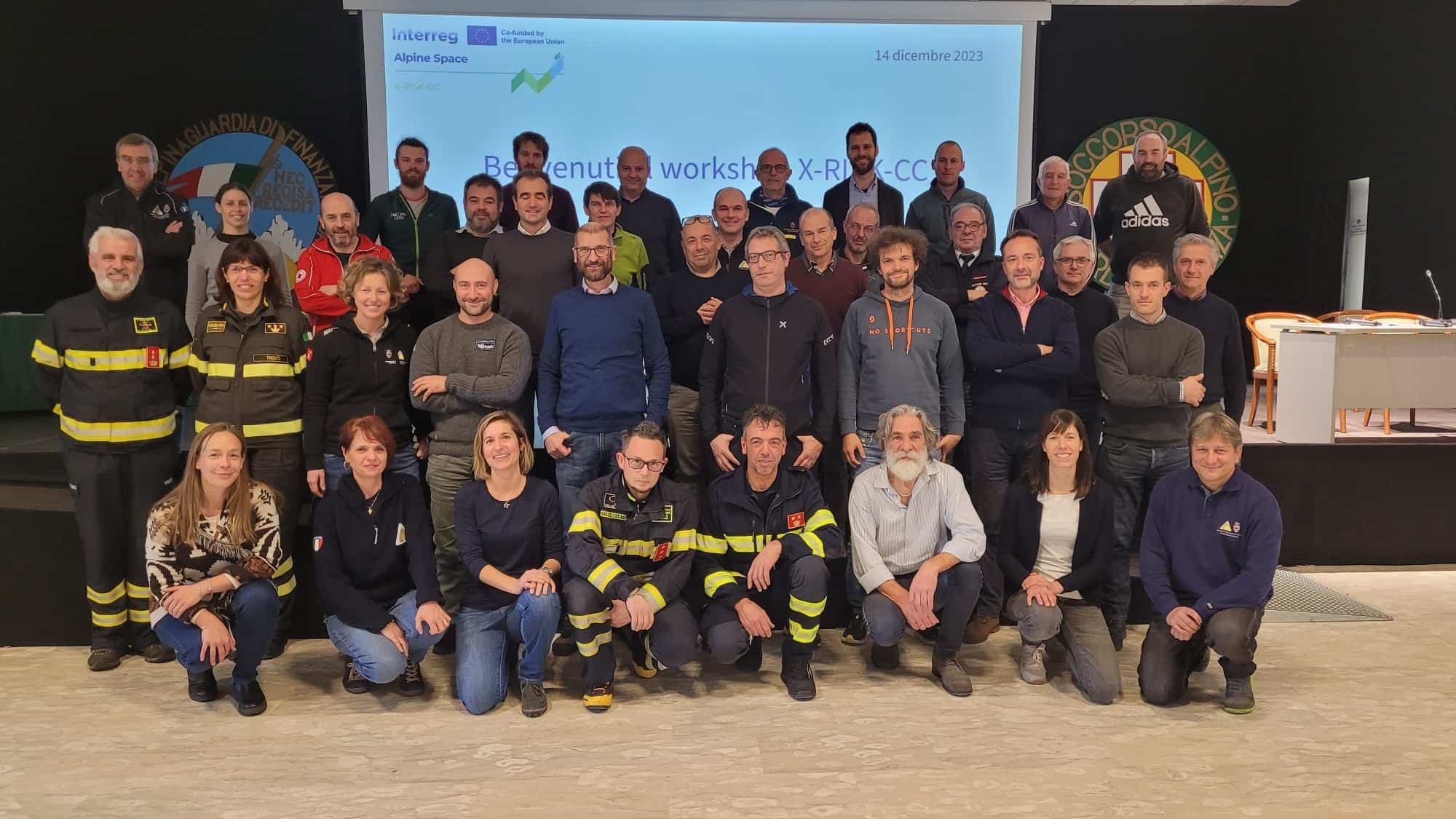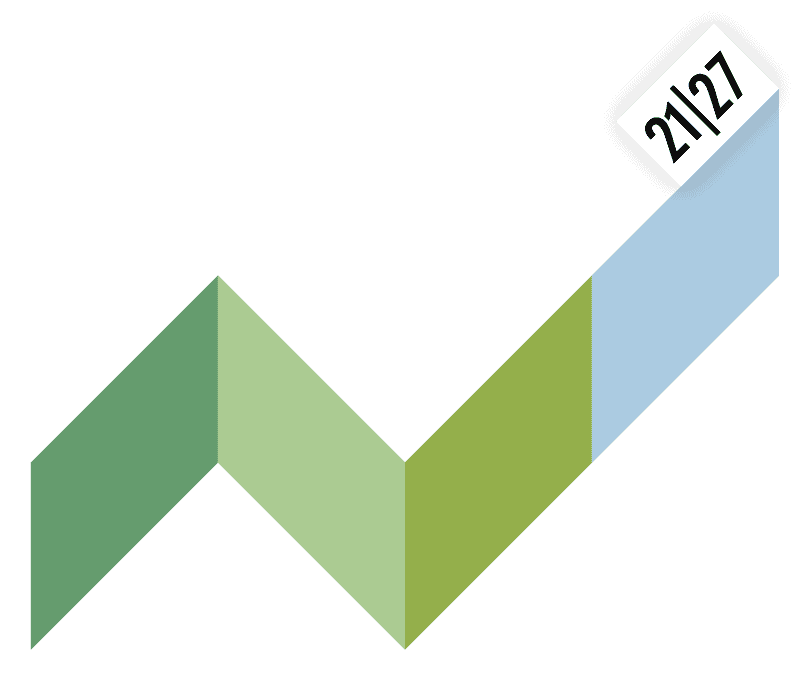Taking stock of the experience gained during the management of the Vaia storm-related emergency, from prevention to recovery, this was the purpose of the first workshop of the X-RISK-CC project held on December 14th morning in Predazzo (Fiemme Valley), at the seat of the Alpine School of the financial police. The workshops brought together many of the subjects involved in different phases from the Fiemme and Fassa valleys: representatives of municipalities, volunteer fire brigades and other civil protection organizations, and civil servants from many departments of the Autonomus Province of Trento, including the structures that actively participate to X-RISK-CC, that is the Service of Risk Prevention and CUE, the Service for Torrent Control and the Environmental Protection Agency (APPA).
The workshop was also attended by representatives of the Civil Protection Agency of Bolzano and EURAC Research, with whom the Province of Trento is collaborating on the case study that focuses on the impacts of Vaia in the Fiemme and Fassa valleys and in few neighboring South Tyrol municipalities.
The meeting was a first, much appreciated opportunity to discuss and compare the different points of view and experiences regarding the operational management of the emergency within the Trentino civil protection system. More than 35 participants followed the initial presentation given by the organizers, focusing on the environmental and socio-economic impacts caused by Vaia in the pilot area, encompassing data on damages to forests and rivers, to structures and infrastructures, also in terms of costs and expenditures, including the most recent observations on the bark beetle outbreak that has been spreading in the area until today and modifications to hazard areas.
Then the participants individually took an online questionnaire implementing the Rapid Risk Management Appraisal – RRMA method applied to the Vaia case study, developed according to EURAC guidelines in the context of the X-RISK-CC project. The results gathered in real-time through a dedicated Google Form allowed the subsequent discussion in working groups. On the example of what done by the colleagues of the Province of Bolzano, the participants were splitted in four groups for the four phases of the emergency management: prevention, preparation, response and recovery. Each group took a look at the aggregated results from the questionnaire for the corresponding management phase and discussed in detail relevant aspects of what occurred in 2018 and after, highlighting strengths and weaknesses. A round of synthetic comments reporting to other groups what was discussed concluded the workshop.
The overall rating of the Vaia emergency management corresponds on average to “satisfactory” (7 out of 10), with values somewhat lower for a couple of questions related to the non-structural prevention phase (civil protection plans) which scored below the “satisfactory” threshold of 6. The highest average score (8.1, almost “excellent”) was given to the item related to the weather forecasts for the meteorological event. In general the spread of the scores around the average was rather high. A detailed report on the results of the RRMA questionnaire and group discussion is in preparation and will be sent to participants as soon as it is ready.



